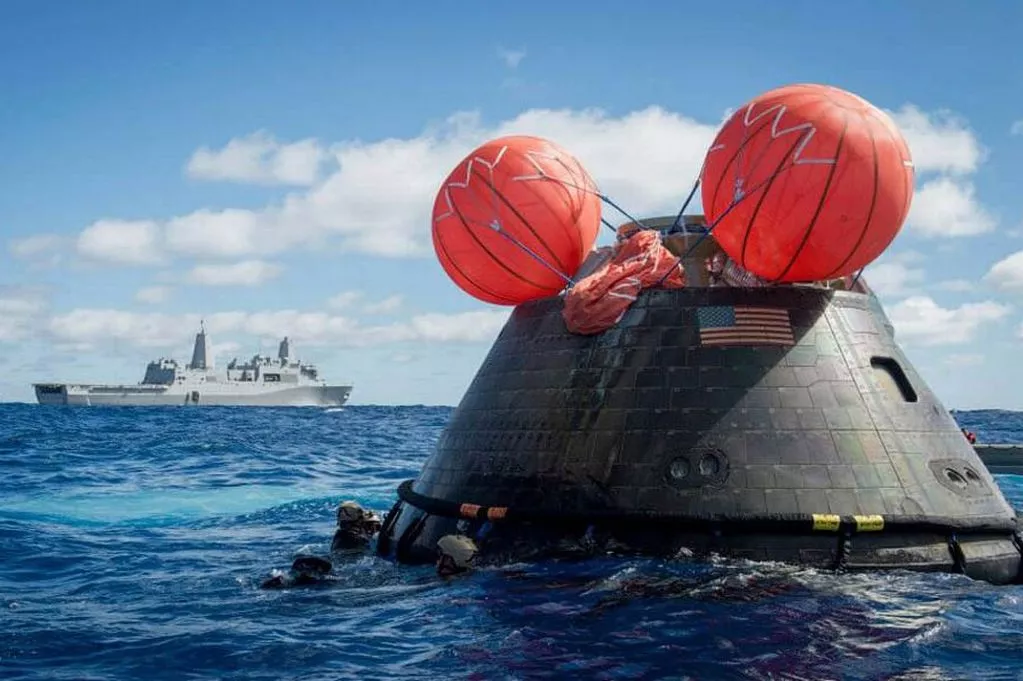proud_indian
FULL MEMBER

- Joined
- Dec 7, 2008
- Messages
- 1,896
- Reaction score
- 0
- Country
- Location
Follow along with the video below to see how to install our site as a web app on your home screen.
Note: This feature may not be available in some browsers.



I have one question ... where are the atmospheric friction burn marks, during reentry phase , on the capsule?

Here's the orion capsule from it's first test launch two weeks ago. No burn marks. I don't have much knowledge, but it may be because of the materials used, or the fact that this was a suborbital test.I have one question ... where are the atmospheric friction burn marks, during reentry phase , on the capsule?


There are marks, see , taken from different angleHere's the orion capsule from it's first test launch two weeks ago. No burn marks. I don't have much knowledge, but it may be because of the materials used, or the fact that this was a suborbital test.






The page is still under construction as in when I tried to enter the "timeline" it lead me to a broken link. Why does ISRO always 've such glitches whether on their site or in their videos???
Timeline works, it took me about 3 refreshes, but it does work.The page is still under construction as when I tried to enter the "timeline" it lead me to a broken link. Why does ISRO always 've such glitches whether on their site or in their videos???
I think such social media activity is not maintained by the real ISRO team.


Timeline works, it took me about 3 refreshes, but it does work.
Here is something cool:



